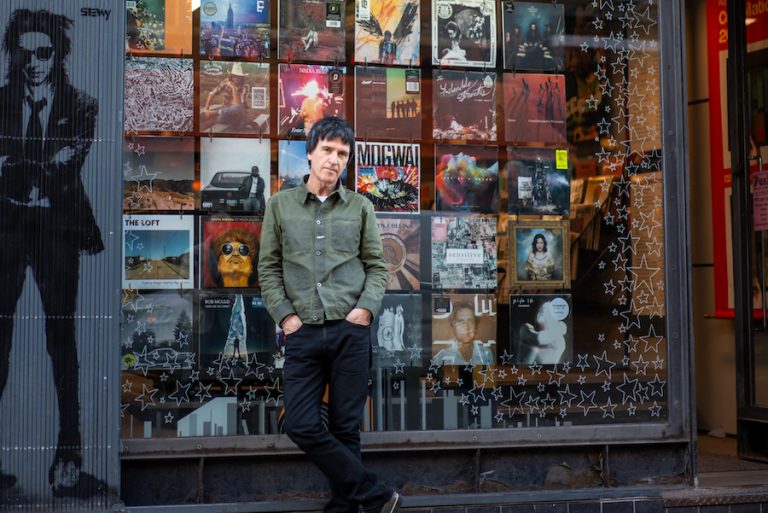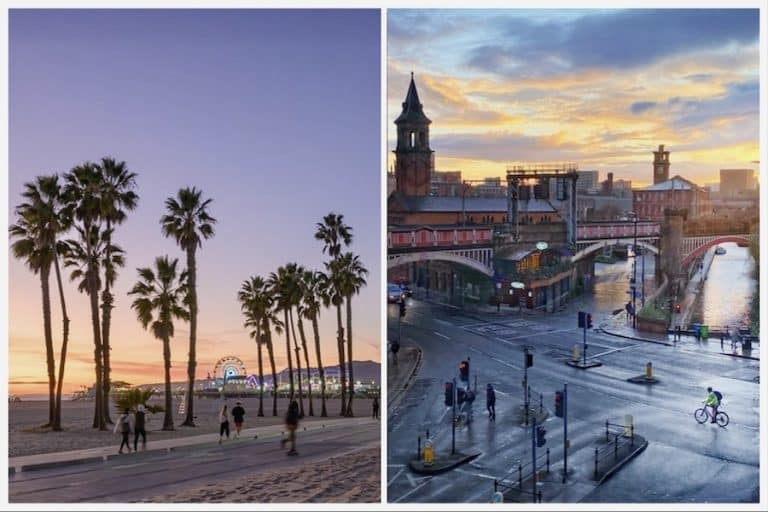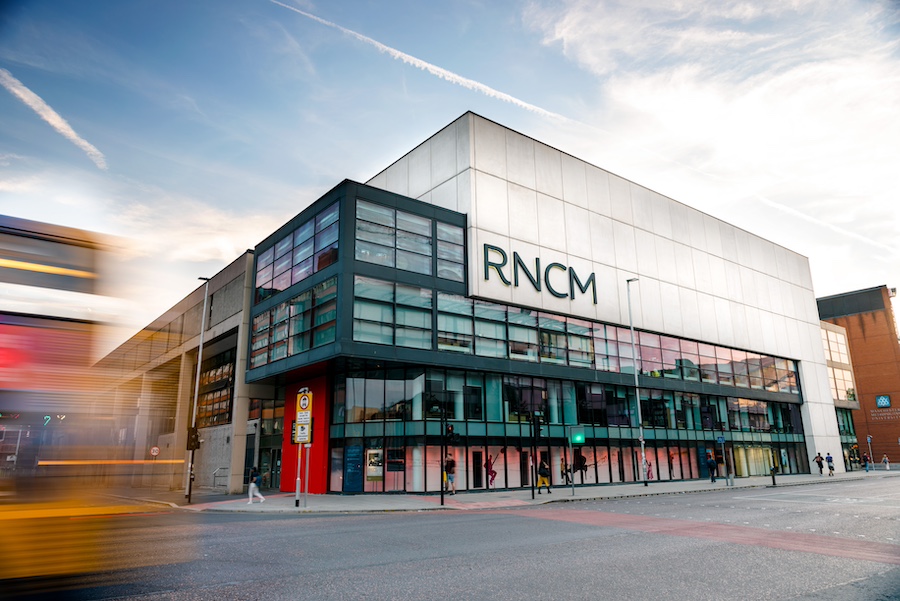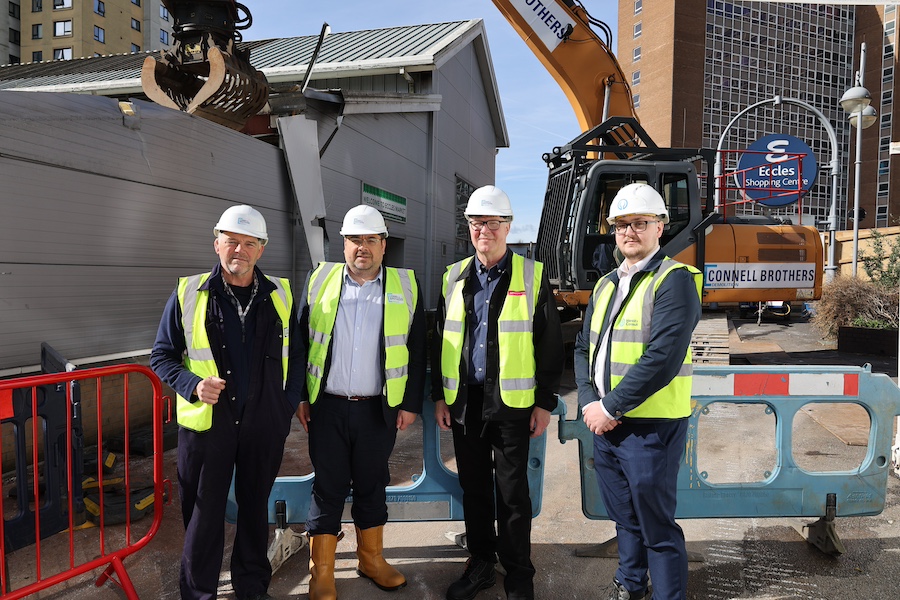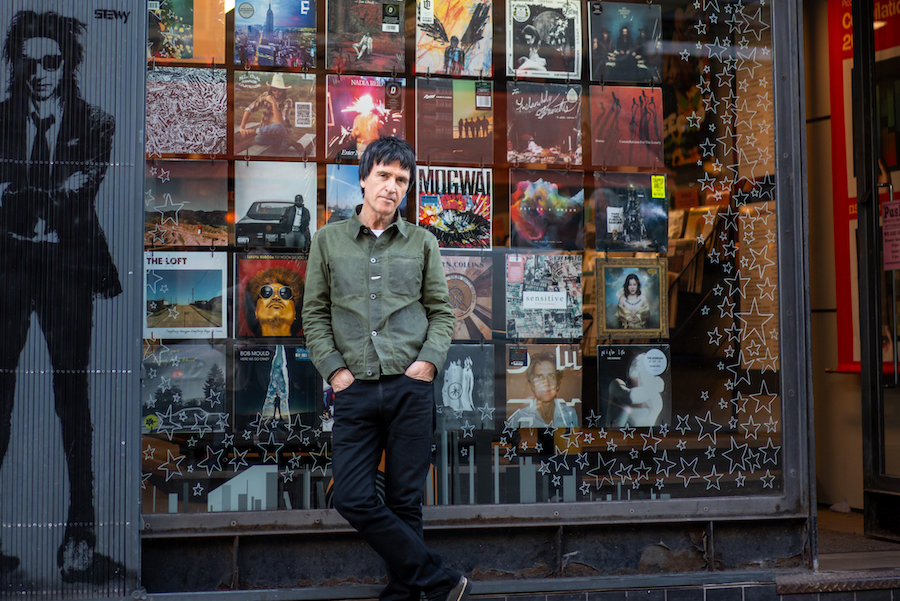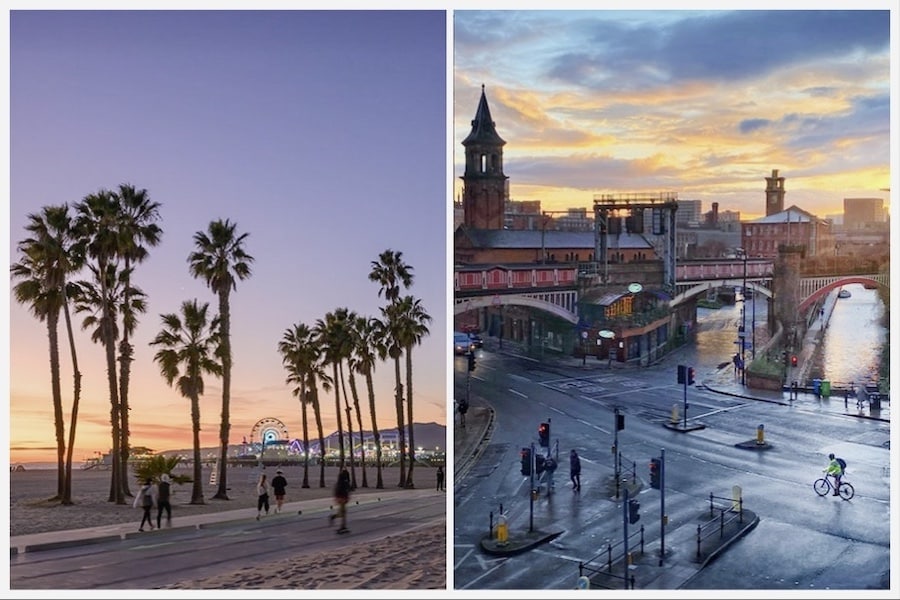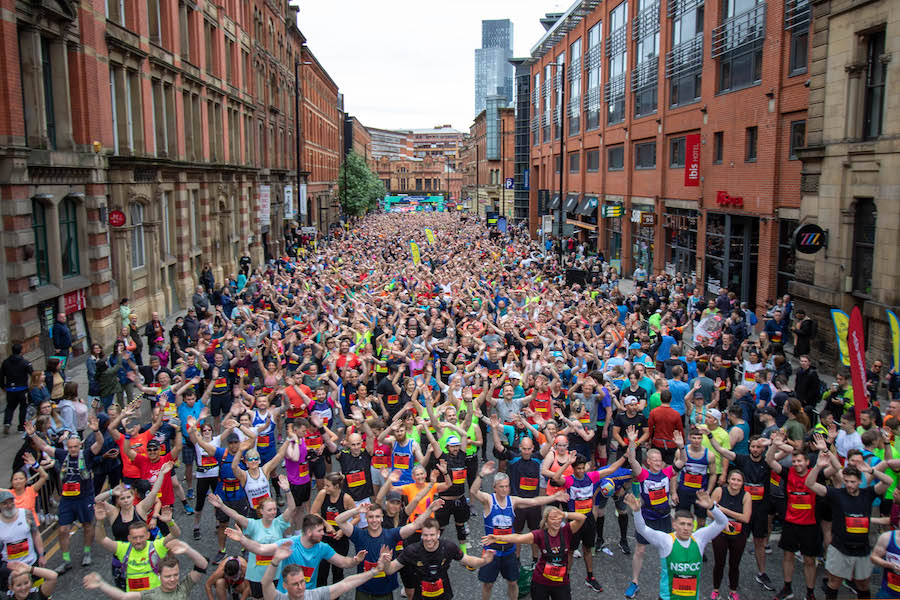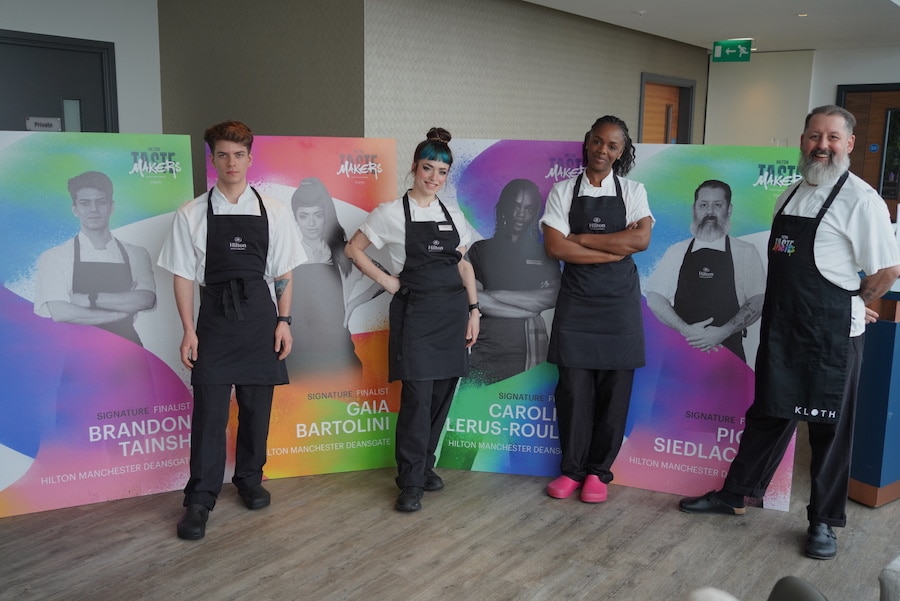Castlefield: an oasis of peace in the heart of Manchester
- Written by Aidan O'Rourke
- Last updated 9 years ago
- Culture, Sport

Castlefield is a potent symbol of the benefits of retaining and re-using older buildings, a unique, timeless and peaceful waterside district in the heart of the city, says Aidan O’Rourke.
Castlefield was one of the first former industrial areas in Manchester to undergo regeneration. Not so long ago, few people dared enter the abandoned, derelict canalside area off Chester Road. It was a no-go area, ‘a place full of rats and not just four legged ones,’ as one expat Mancunian friend of mine once put it.
It was ‘a place
full of rats and
not just four
legged ones’
In the last thirty years or so, however, it has been transformed into an attractive waterside district with a mix of offices, apartments, restaurants and bars.
In Castlefield we find a mix of old and new, with views over water, towards bridges, viaducts and walkways. In the heart of the city, it’s a place of peace and quiet as the busy roads are screened by the surrounding buildings.
In the former warehouses where workers once loaded and unloaded canal boats, there are now media SMEs and high tech industries, including software developers and radio stations. Other buildings have plush apartments, some incorporating the original brick and wood fittings. People can live in a piece of history, enjoying all the benefits of contemporary living. They can also benefit from the proximity to the city centre, just a 10 to 15 minutes walk away.
The Castlefield Urban Heritage Park takes in both the canalside area to the south as well as the northern part by Liverpool Road, off Deansgate. The Museum of Science and Industry – MOSI – is located here, with its remarkable exhibits on the theme of Manchester’s industrial history.
At the centre of Castlefield is the reconstructed Roman Fort. With a bit of imagination and by studying the drawings on the information boards, we can imagine how this area might have have looked 2000 years ago.
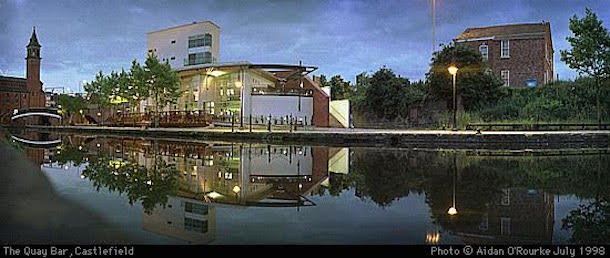
In the late 19th century, ambitious railway companies built viaducts to bring trains into the city centre. Anything in the way was swept aside or buried, including the foundations of the Roman Fort. Nevertheless they paid homage to Castlefield by including castle-like embellishments on the bridges.
Manchester’s industry and railways went into decline during the 20th century, and it was only in the 1980’s that the tide turned and regeneration began. Since 1992 Metrolink trams have been running through Castlefield on a viaduct once used by steam trains. Main line trains to and from Irlam, Warrington and Liverpool use the other viaduct. The cast iron viaduct is still disused and there was talk of dismantling it.
A key figure in the redevelopment of the district was property developer Jim Ramsbottom who saw in Castlefield an opportunity to create a new city district whilst retaining the Industrial Revolution era buildings. The Central Manchester Development Corporation, a body set up under the Greater Manchester Council and Manchester City Council, was responsible for the redevelopment of the area and created the basis of what we see today. The regeneration of Castlefield began in the 1980’s and it was designated an Urban Heritage Park in 1982.
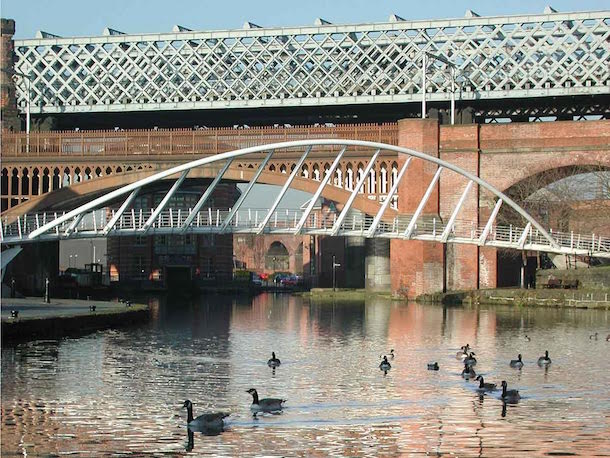
For more than thirty years, Castlefield has been evolving, but not without controversy. In 1998 a new pub in a modern style appeared. The Quay Bar was designed by Stephenson Bell architects and won architectural awards. Sadly it faced difficulties, closed its doors and was demolished in 2007. Also in 1998, about two minutes walk from the Quay Bar, another new pub was built but this one was in a traditional style and it was named Jacksons Wharf. It traded for a number of years but it too had difficulties and it closed in 2005.
Proposals were submitted for a residential building designed by Ian Simpson Architects to be built on the Jackson’s Wharf site. With its large scale, modernist style and extensive use of glass, it would have stood in stark contrast to its surroundings. Local residents objected and eventually plans for a new building were dropped. In 2012, the Jacksons Wharf building came back into use as The Wharf, a pub offering ales, wines and food.
I consider this a rare example of a victory by local residents in the face of larger forces. I would like to see more and more victories like this one. The residents of Castlefield have proved it’s possible.
Castlefield as we see it today is the result of over three decades of development, but will we ever be able to say it’s finished? What new structures are going to appear in the near future? Will anything be built on the site of the ill-fated Quay Bar? We’ll have to wait and see.
- This article was last updated 9 years ago.
- It was first published on 4 September 2015 and is subject to be updated from time to time. Please refresh or return to see the latest version.
Did we miss something? Let us know: press@ilovemanchester.com
Want to be the first to receive all the latest news stories, what’s on and events from the heart of Manchester? Sign up here.
Manchester is a successful city, but many people suffer. I Love Manchester helps raise awareness and funds to help improve the lives and prospects of people across Greater Manchester – and we can’t do it without your help. So please support us with what you can so we can continue to spread the love. Thank you in advance!
An email you’ll love. Subscribe to our newsletter to get the latest news stories delivered direct to your inbox.
Got a story worth sharing?
What’s the story? We are all ears when it comes to positive news and inspiring stories. You can send story ideas to press@ilovemanchester.com
While we can’t guarantee to publish everything, we will always consider any enquiry or idea that promotes:
- Independent new openings
- Human interest
- Not-for-profit organisations
- Community Interest Companies (CiCs) and projects
- Charities and charitable initiatives
- Affordability and offers saving people over 20%
For anything else, don’t hesitate to get in touch with us about advertorials (from £350+VAT) and advertising opportunities: advertise@ilovemanchester.com


Review: Tambo & Bones at HOME is ‘ambitious, bold, gutsy…. and terrific’

Review: JB Shorts 26 at 53two is ‘a five-star showcase of northern talent’
